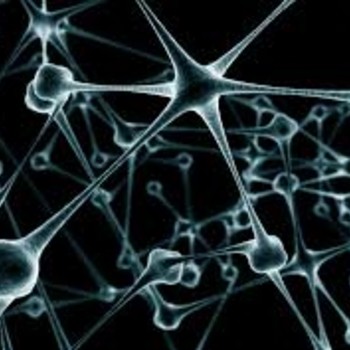How do you solve this number theory's problem?
Lets start with number 49. Put in the middle the number 48. Thus we have 4489. Proceed again with the same patern:
444889 and so on.
44448889
4444488889
.....
44...4488...89 (with n 4 numbers and n-1 8 numbers ended by 9)
Proof that all numbers are perfect squares)
Lets start with number 49. Put in the middle the number 48. Thus we have 4489. Proceed again with the same patern:
444889 and so on.
44448889
4444488889
.....
44...4488...89 (with n 4 numbers and n-1 8 numbers ended by 9)
Proof that all numbers are perfect squares)
3 Answers
Explanation:
Note that for any positive integer
#2/3 * 10^n + 1/3 = overbrace(66...6)^"n digits".bar(6) + 0.bar(3) = overbrace(66...6)^"n - 1"7#
Then:
#(2/3 * 10^n + 1/3)^2 = 4/9 * 10^(2n) + 4/9 * 10^n + 1/9#
#color(white)((2/3 * 10^n + 1/3)^2) = overbrace(44...4)^"2n".bar(4) + overbrace(44...4)^"n".bar(4)+0.bar(1)#
#color(white)((2/3 * 10^n + 1/3)^2) = overbrace(44...4)^"n"overbrace(88...8)^"n-1"9#
All the roots of those squares have n 6's and end with a 7
Explanation:
First we look at the roots of these numbers.
Next we are going to try to proof the opposite, meaning that the square of n 6's ending with a 7 are leading to these numbers. By doing this we can proof your original question backwads.
To do so, we are going to split our number into a sum of two numbers. One of this numbers is going to be the same number with one six less. The other one is going to be
Now we can square the breacket and we see...
If we take a look at the third summand, we'll realize that this is the same number with just a six less to the square. If ourer theory is right, this is going to be a number with n 4's followed by
Lets take a look at the first and second summand.
As we can see, we can put
In ourer example
The last 8 is the n+1 digit. Because the n+1 digit of the third summand is a 4, we got to proof that the n+1 digit of ourer sum of the first and second summand is a 4 as well, so that the sum of both is 8.
I'll ignore the
The first summand is not relevant at this point because the first digit of it will be a 0 because of the
only the last summand
The last digit will be a 4.
This is as far as I can get right now. Sorry if there are any spelling mistakes in it.
See below.
Explanation:
Fixing ideas with
and then
but
as for instance
etc.



